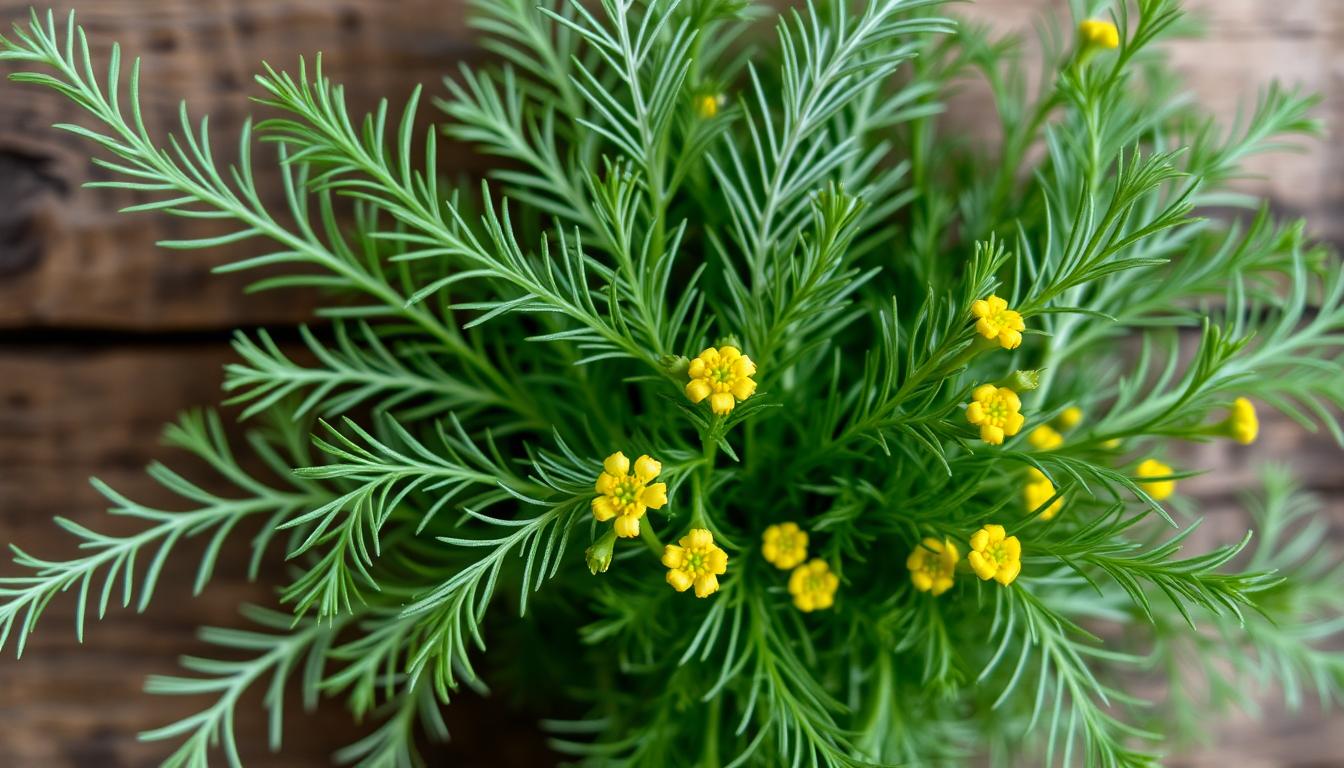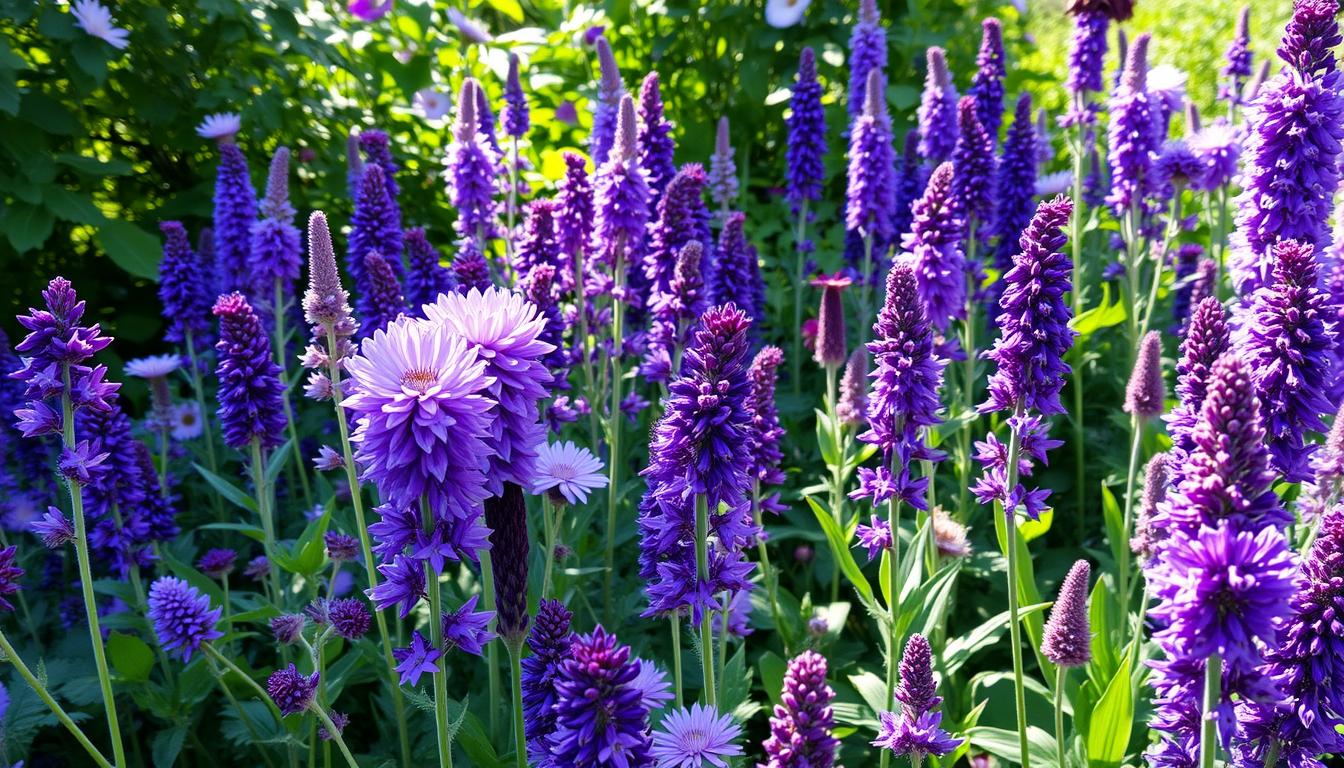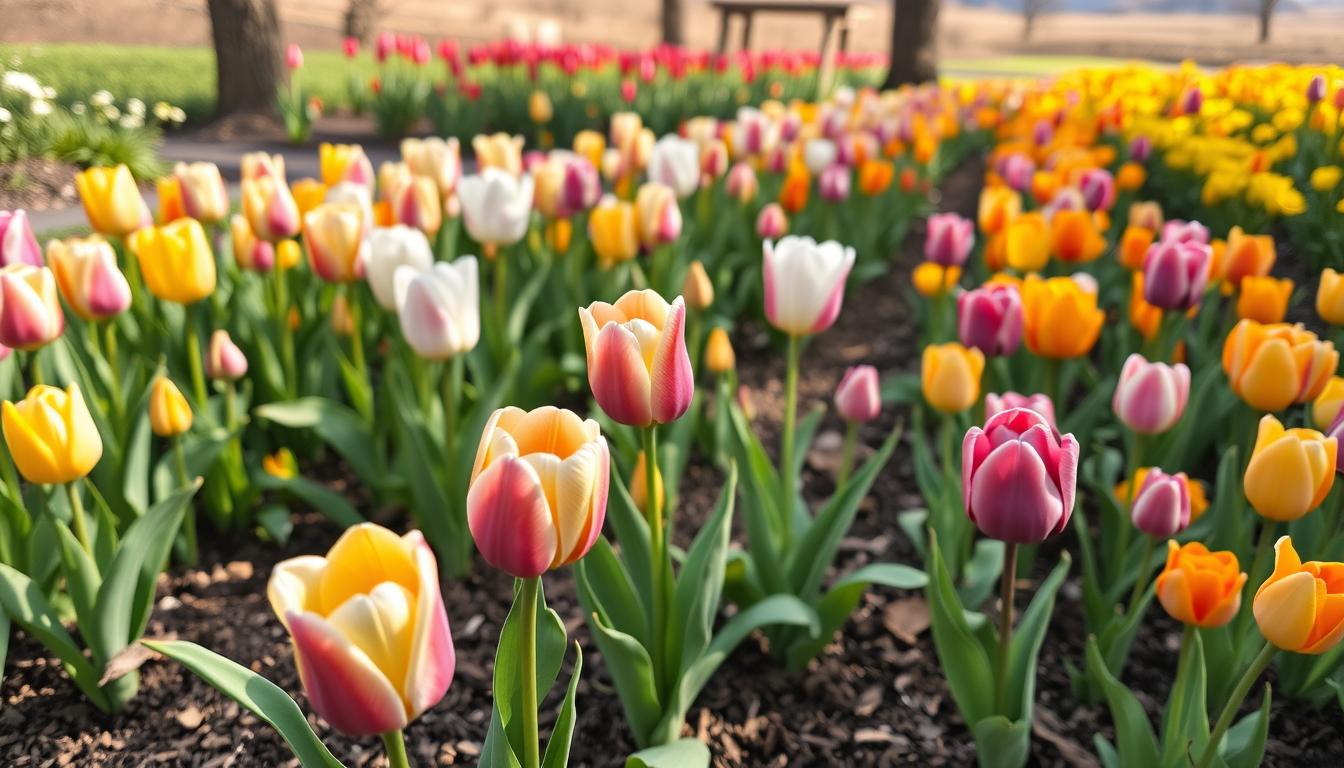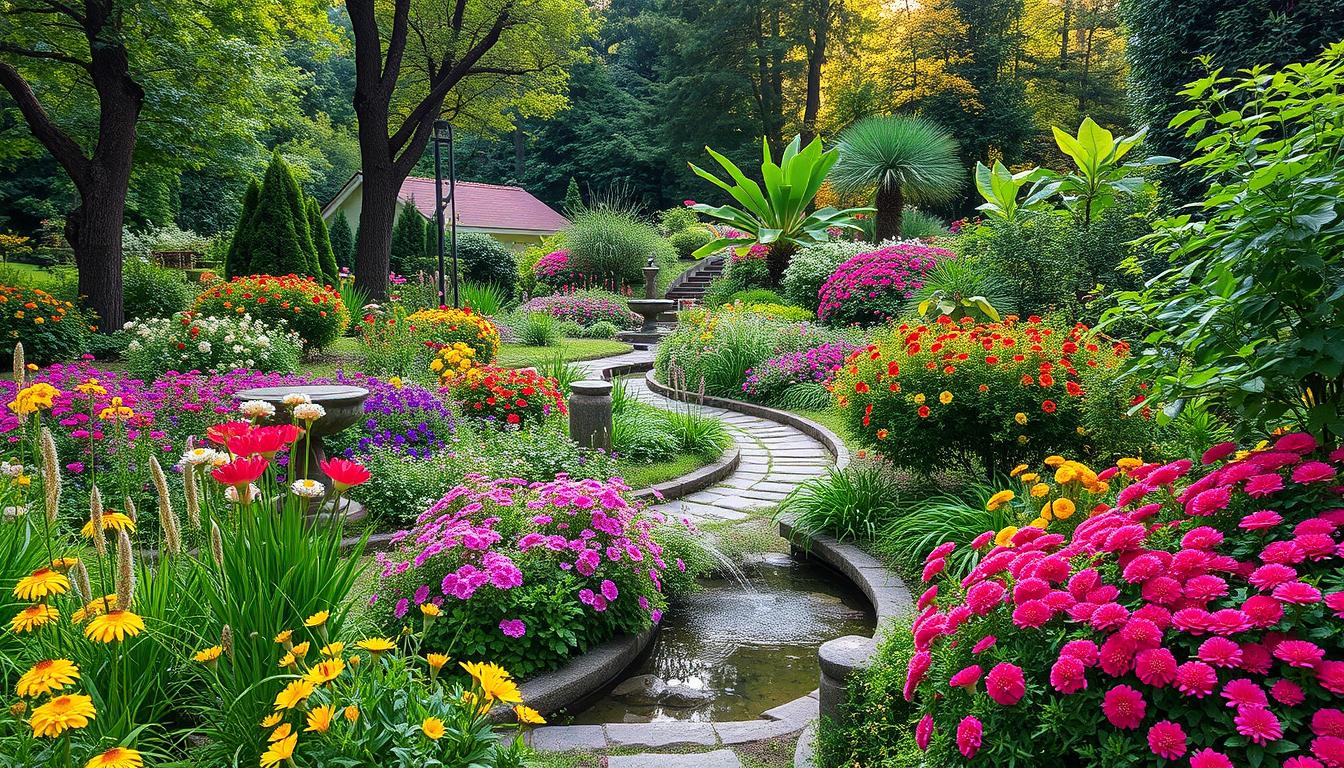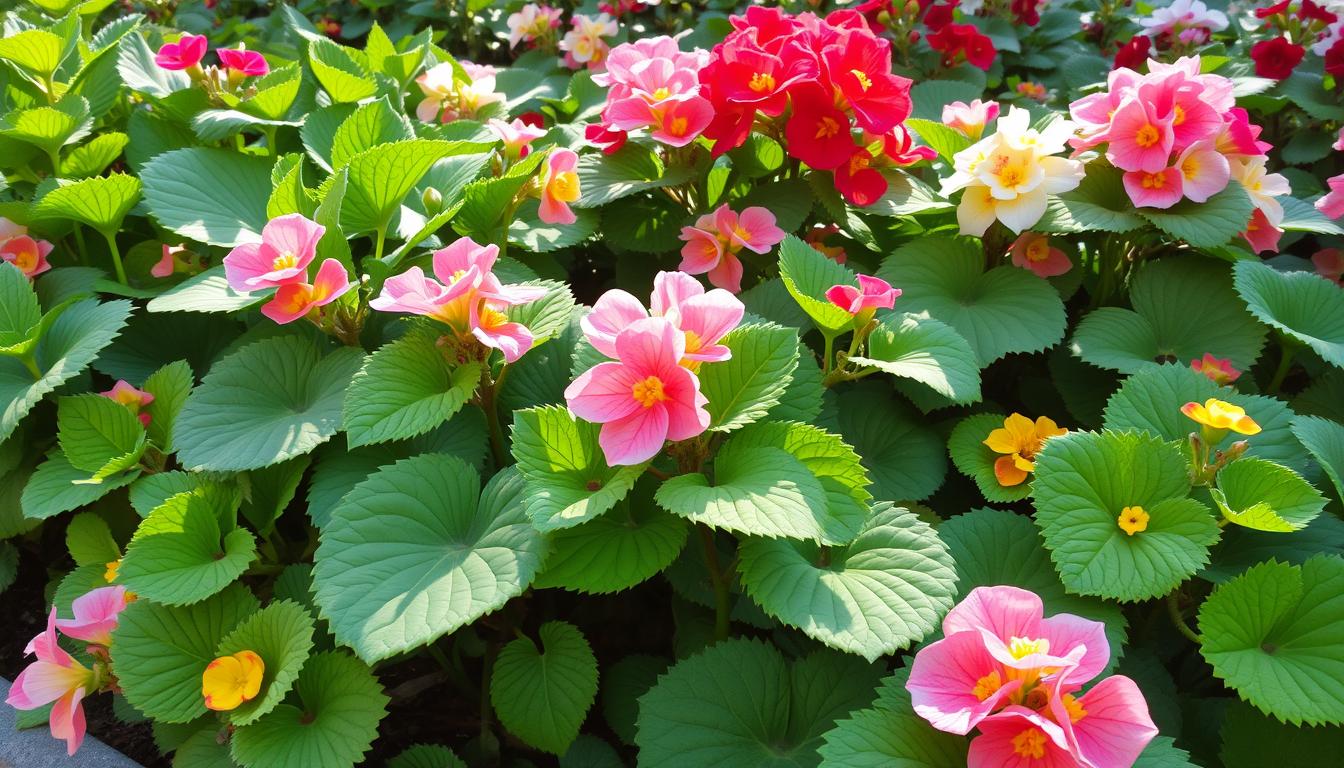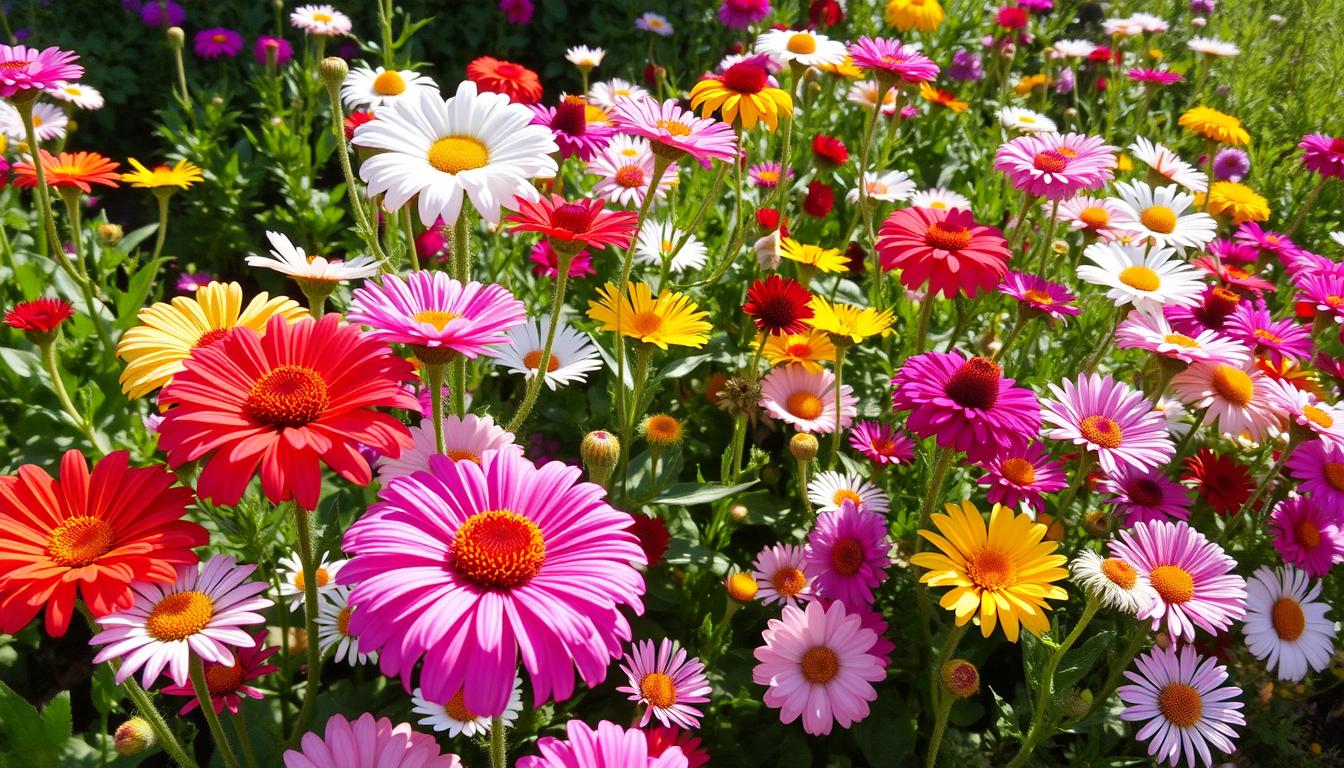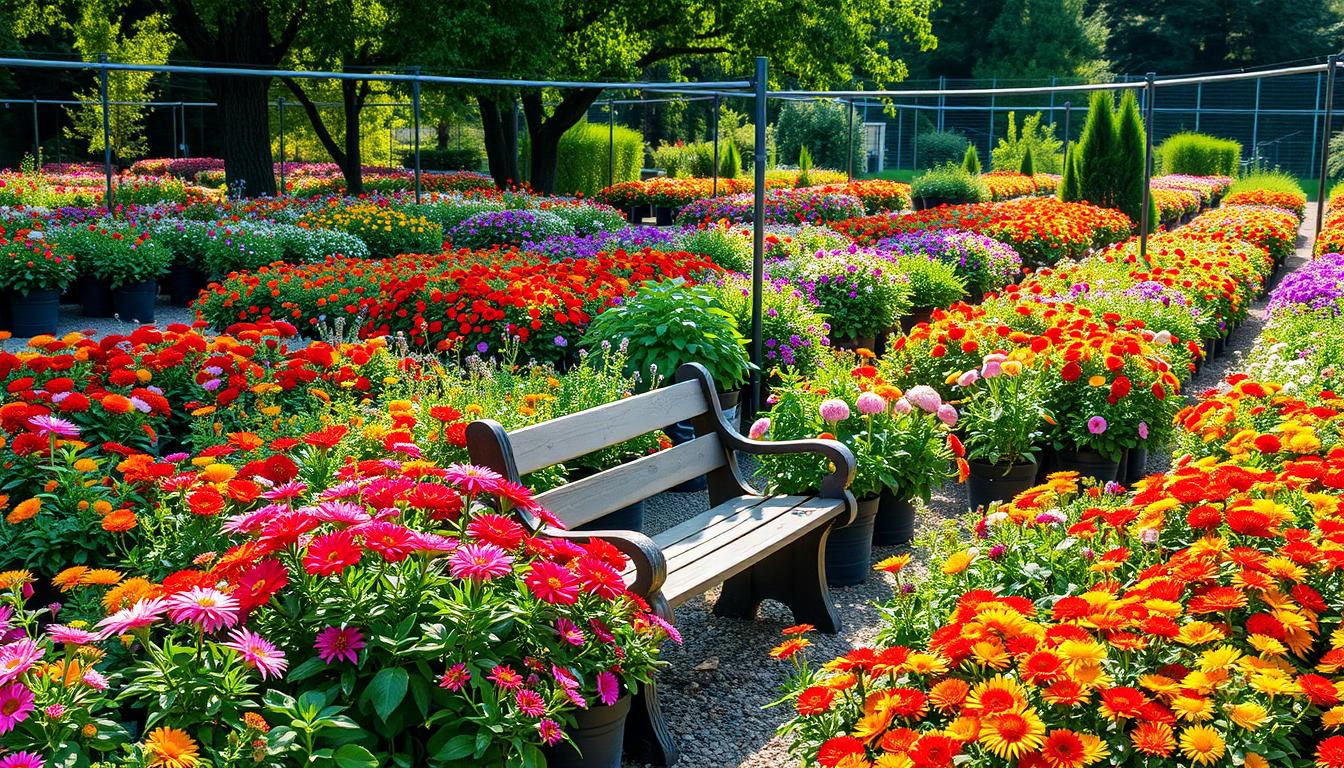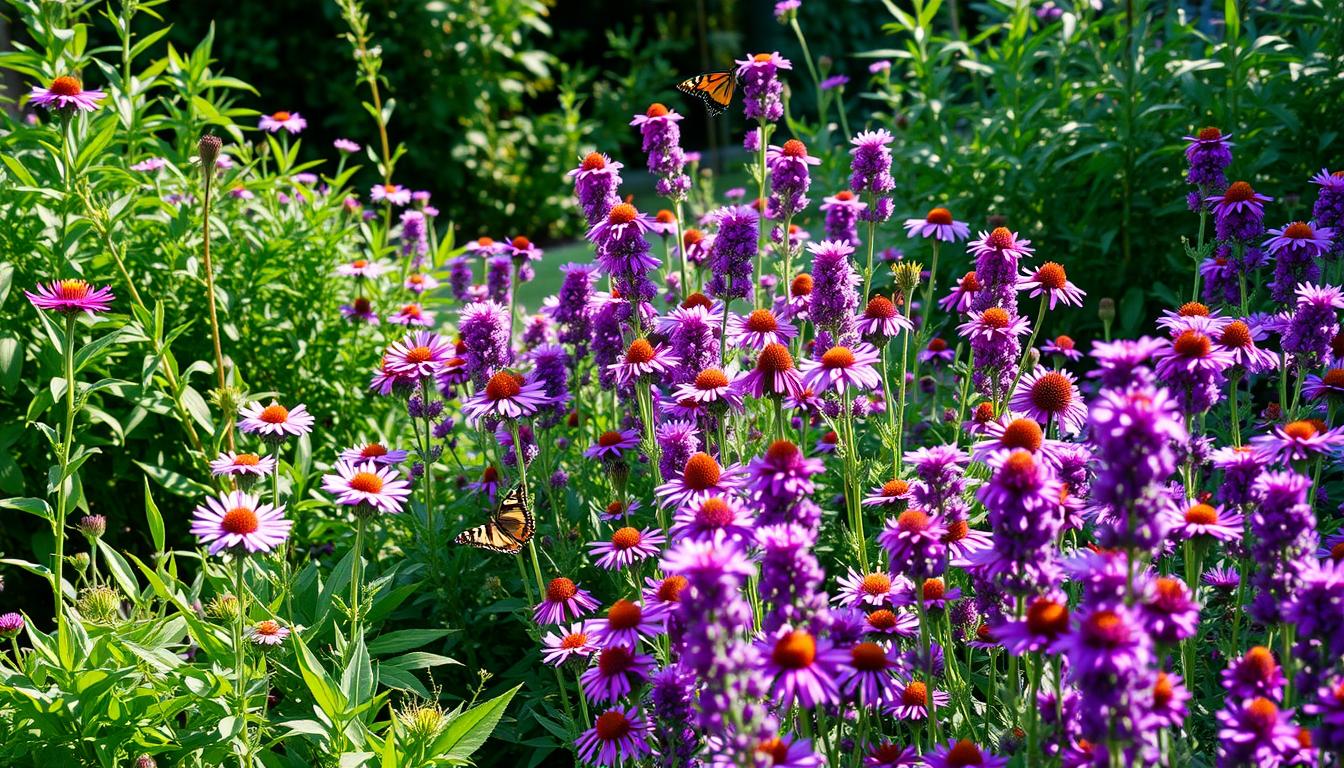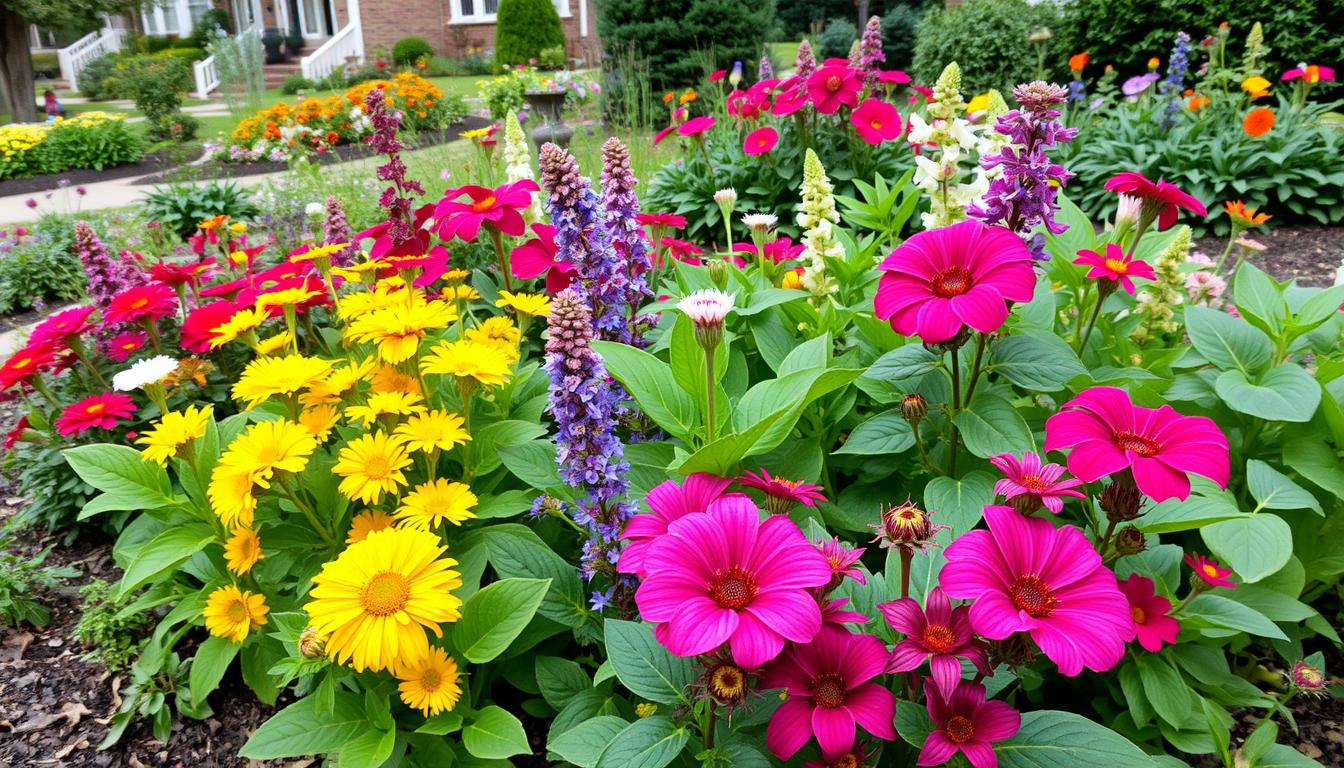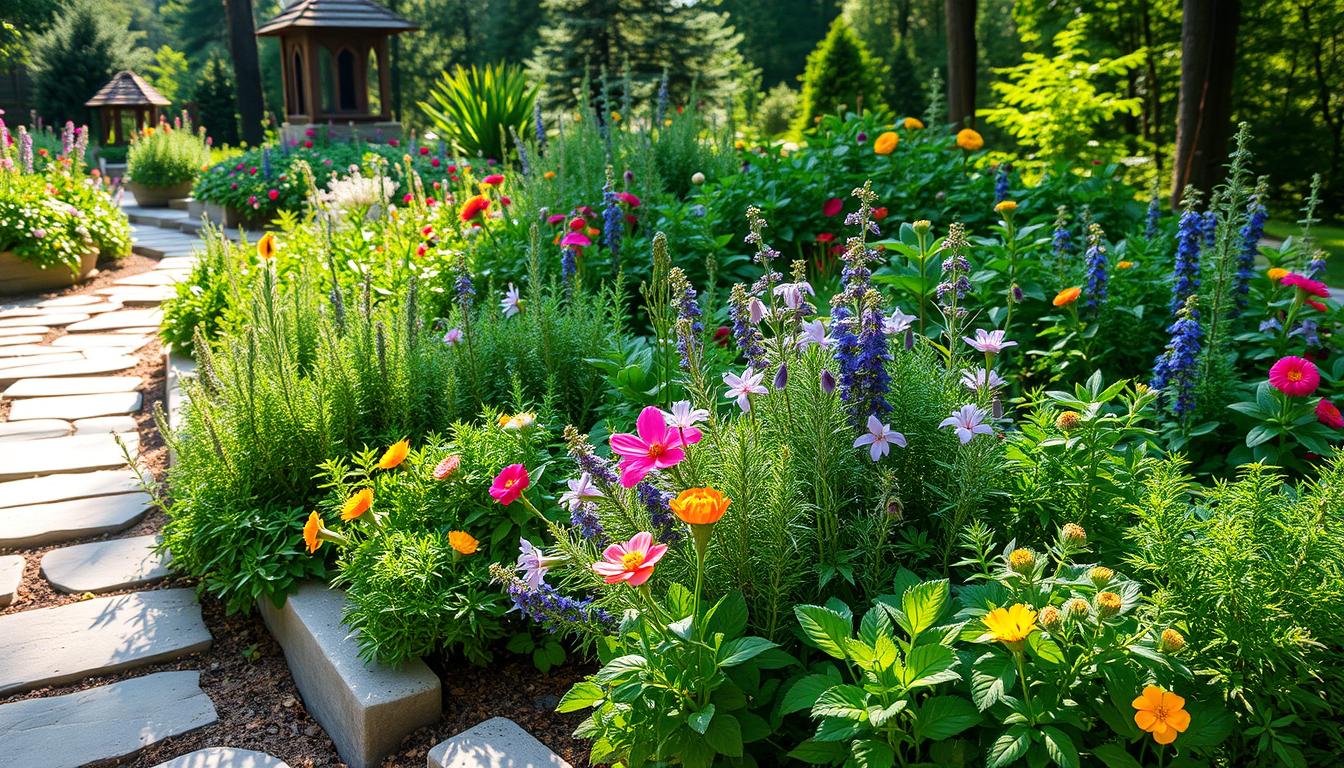Dill Herb in Spanish:Ever wonder about the stories in our spices and herbs? Each one has a legacy, a piece of culture, and a touch of nostalgia. Dill herb is more than just a flavor; it connects us to family meals and special moments. Let’s dive into the world of dill in Spanish, exploring its uses in delicious dishes. It’s perfect for both seasoned cooks and beginners looking to spice up their recipes.
Table of Contents
What is Dill Herb?
Dill herb, known scientifically as Anethum graveolens, is unique in the kitchen. It has delicate, feathery leaves and a special aroma. This annual herb, part of the celery family, adds color and scent to dishes.
Description and Characteristics
The dill herb characteristics include slender stems and fine leaves, growing up to 3 feet tall. It has umbrella-shaped yellow flowers, great for cooking. Fresh dill packs a stronger flavor, while dried dill is milder, making it versatile.
Culinary Importance
This text highlights the culinary and nutritional value of dill. It explains that dill is especially important in enhancing the flavors of certain dishes, such as salads, pickles, and seafood. Dill’s ability to boost flavors and add a refreshing taste makes it a favored ingredient in these types of recipes.
In addition to its culinary uses, the text points out dill’s health benefits. It mentions that dill is rich in essential nutrients, including vitamins A and C, calcium, and iron. These nutrients contribute to overall health, supporting functions like immune health, bone strength, and oxygen transport in the body. This dual role of dill as both a flavor enhancer and a source of nutrients underscores its significance in the kitchen and in maintaining a healthy diet.
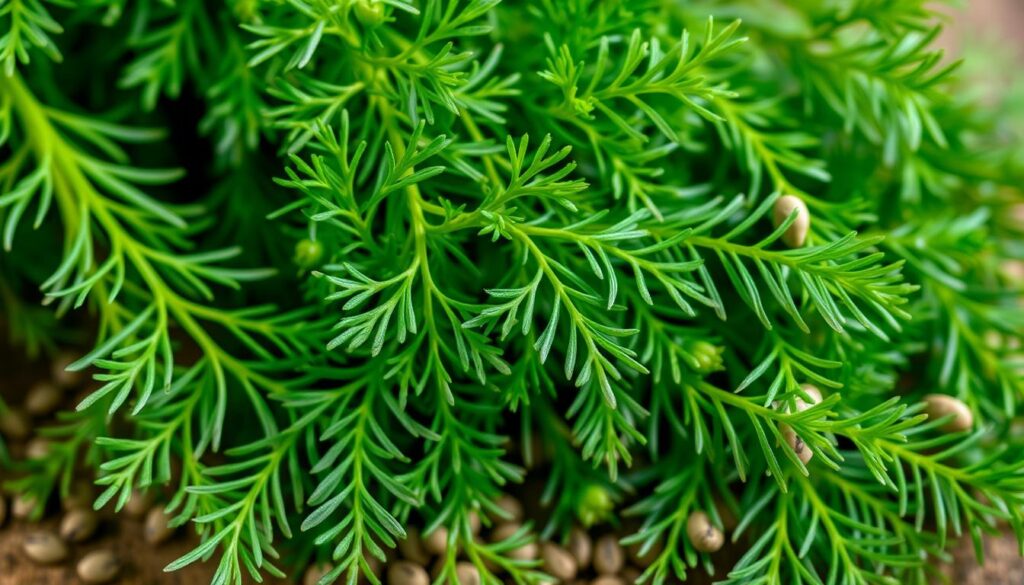
The Spanish Name for Dill Herb
This text emphasizes that understanding the word for dill in Spanish, “eneldo,” offers more than just a language lesson. It provides a gateway into Spanish culture and culinary traditions.
It explains that “eneldo” is the Spanish term for dill, carrying significant cultural and culinary value.
The text also notes that the pronunciation or usage of “eneldo” can vary across different Spanish-speaking regions. These regional variations add an extra layer of richness and diversity.
This makes the term more intriguing and reflective of the distinct culinary practices within the broader Spanish-speaking world. By learning about “eneldo,” one gains insight into both the language and the cultural nuances of various Spanish-speaking communities.
Translation and Pronunciation
The text highlights that the word “eneldo,” which means dill in Spanish, is straightforward to translate. However, its significance extends beyond being just a name for the herb.
It also points out that the pronunciation of “eneldo” can vary. For example, in certain regions, it is pronounced as “eh-NEL-do.
These variations in pronunciation reflect the richness of language and how it influences cultural identity and culinary experiences.
The text suggests that such linguistic differences can enhance the enjoyment of food. They add unique regional flavors and traditions to the way ingredients like dill are perceived and used in cooking.
In essence, language enriches the cultural context of food, making the experience more flavorful and diverse.
Cultural Relevance in Spanish-Speaking Countries
Dill is very important in the cooking traditions of many Spanish-speaking countries. It’s a key part of Mediterranean and Central American foods. Dill is used to make fish dishes better and to add freshness to salads. It shows how taste and culture come together in food, making meals around the world more special.
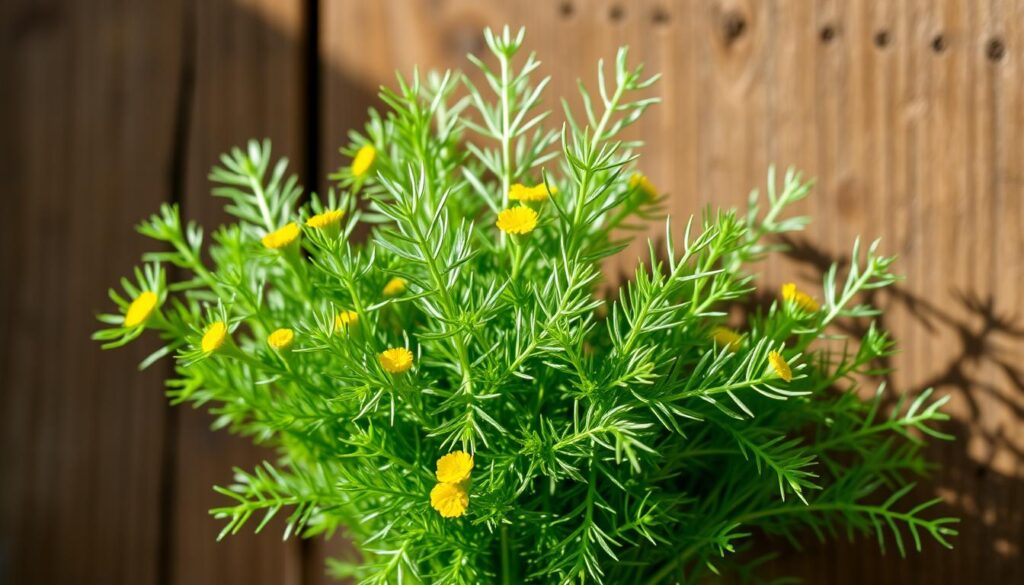
Culinary Uses of Dill Herb
Dill is known for its unique flavor and smell. It’s a key ingredient in many dishes worldwide. It can make your cooking better, whether you’re making creamy dips or hearty meals. Dill adds a special touch to your food.
Popular Dishes Featuring Dill
Dill is great in tzatziki sauce, which goes well with grilled meats. It’s also amazing in gravlax, a cured salmon dish. It makes potato salads fresh and adds to seafood recipes.
Adding dill to sauces, soups, and marinades brings a burst of flavor. It’s a great way to enhance your dishes.
Pairing Dill with Other Ingredients
Dill goes well with yogurt, cucumber, and fish. Here are some pairing ideas:
- Yogurt: Used in dressings and dips
- Cucumber: A key component in salads and tzatziki
- Potatoes: Enhancing baked, roasted, or mashed potatoes
- Seafood: Perfectly balancing the rich flavors of fish dishes
Using these pairings can turn simple meals into something special. It shows how versatile dill is in cooking.

Health Benefits of Dill Herb
This text emphasizes that dill is not only a flavorful herb but also beneficial for health. It highlights that dill contains a variety of nutrients and compounds that contribute to overall well-being. These nutrients may include vitamins, minerals, antioxidants, and other bioactive substances that can support various bodily functions, such as boosting immunity, promoting digestion, and improving bone health. Essentially, the passage suggests that dill offers both culinary enjoyment and health benefits, making it a valuable addition to one’s diet.
Nutritional Value
Dill is packed with vitamins A and C. These vitamins help keep your immune system strong and your skin healthy. It also has antioxidants that fight off harmful free radicals. Plus, dill has dietary fiber, which is great for your digestion.
Here are some key nutritional highlights:
| Nutrient | Amount per 100g |
|---|---|
| Calories | 43 |
| Vitamin A | 416 IU |
| Vitamin C | 85 mg |
| Dietary Fiber | 2.6 g |
Possible Medicinal Uses
Dill’s benefits go beyond taste. It’s been used for digestive problems and might help with other health issues. Research shows it could have antimicrobial and anticancer properties.
Adding dill to your meals can bring more than just flavor. It can also improve your health.
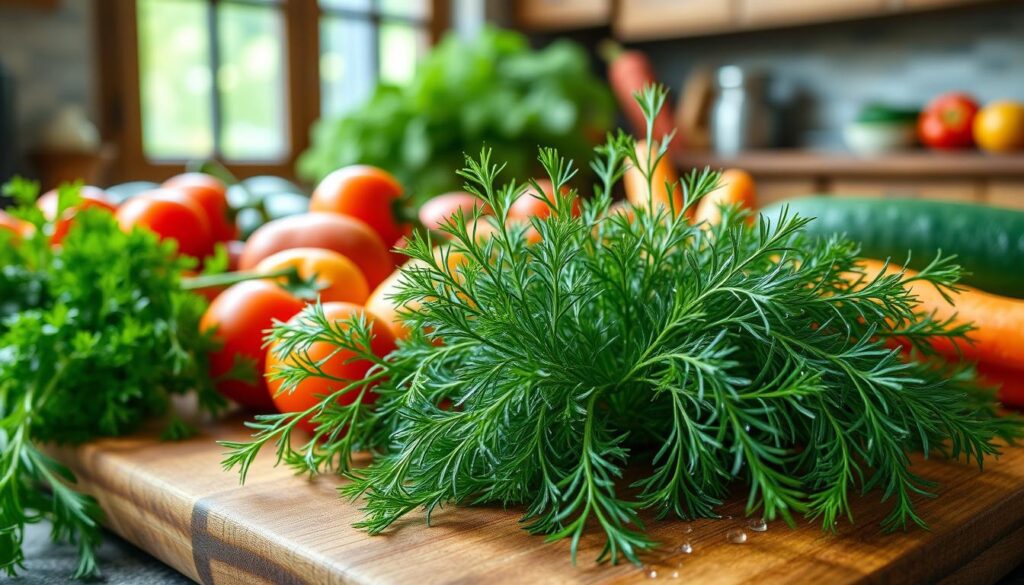
Growing Dill Herb
Growing dill herb is a rewarding experience. It fills your space with delightful scents and opens up culinary possibilities. To grow healthy plants, knowing the best conditions is key. Dill grows well in conditions that support strong growth, making it perfect for many dishes.
Best Growing Conditions
Dill likes well-drained, slightly alkaline soil. This soil type lets water flow freely. It also needs lots of sunlight, aiming for 6 to 8 hours a day.
The best time to plant depends on your local climate. Spring is usually the best time. Keep the soil moist but not too wet to support healthy growth.
Common Pests and Diseases
When growing dill, watch out for pests like aphids. These tiny insects harm plants by sucking out their juices. You might also see diseases like powdery mildew, which can harm your plants if not treated quickly.
Using dill cultivation tips can help fight these problems. Regularly check your herbs and use organic pest control. This keeps your dill healthy and thriving.
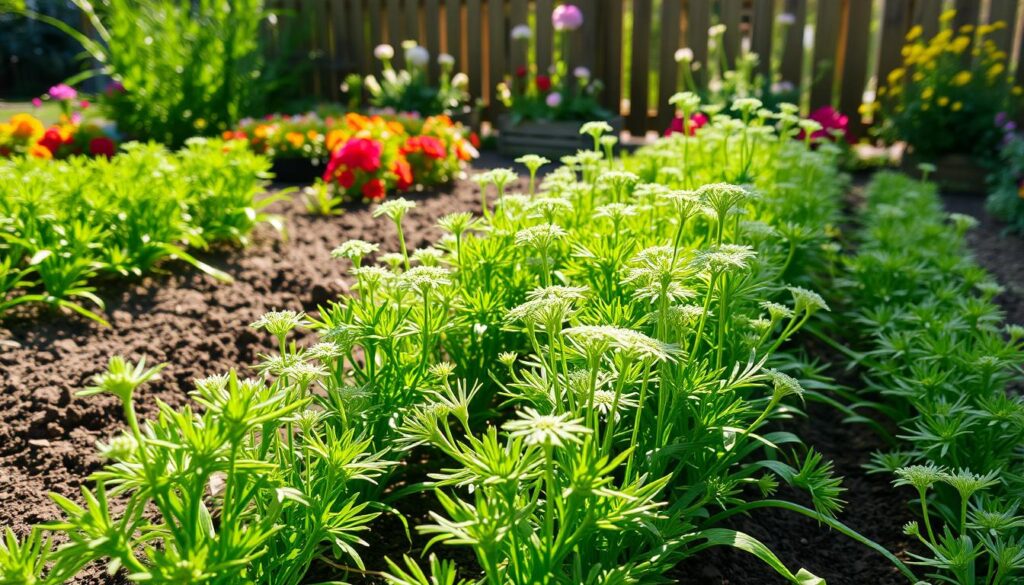
Harvesting and Storing Dill Herb
Harvesting dill at the right time brings out its best flavor. With a few simple steps, you can enjoy your cooking more. This guide will tell you when to pick dill and how to keep it fresh.
When to Harvest
The best time to pick dill is when it’s 6–8 inches tall or starts flowering. Morning is the best time because the oils are strongest then. Using the right techniques helps keep the flavor and aroma of dill.
Storage Tips
Proper storage of dill after picking keeps it fresh longer. For fresh dill, keep it in the fridge. Wrap it in a damp paper towel and put it in a sealed bag to keep it moist.
If you want to keep it longer, freeze your dill. Dried dill needs different care. Store it in airtight containers in a cool, dark place to keep the flavor. These tips help you use your dill to the fullest.
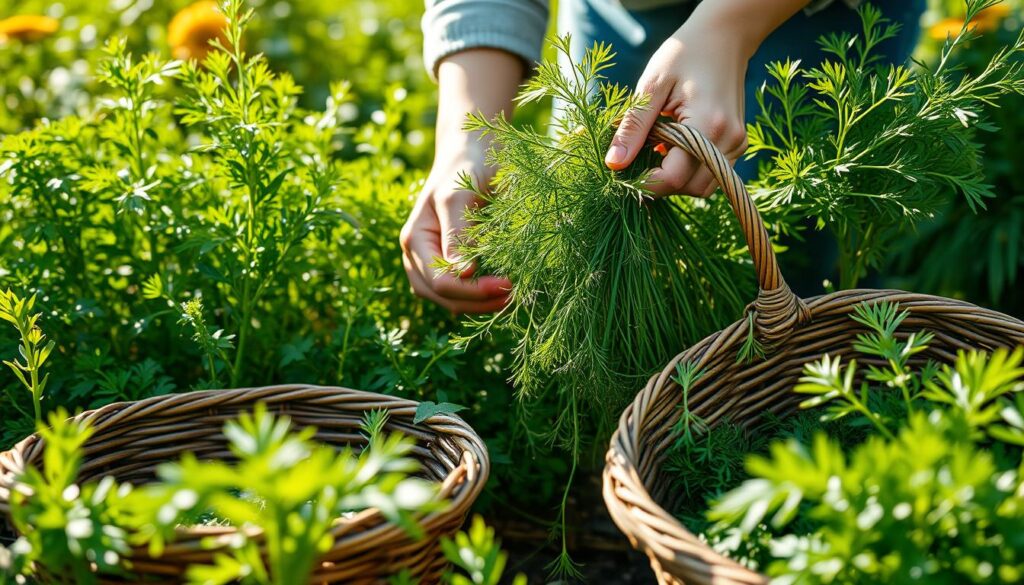
| Storage Method | Description | Duration |
|---|---|---|
| Refrigeration | Wrap fresh dill in a damp paper towel and store in a sealed bag. | 1 week |
| Freezing | Place fresh dill in an airtight container or freezer bag. | Up to 6 months |
| Dried Storage | Store in airtight containers away from light and moisture. | 1 year |
Dill Herb in Traditional Medicine
Dill has been highly valued in traditional medicine for its many uses. Its traditional medicinal uses of dill show a journey from old remedies to today’s uses.
Historical Uses
The historical applications of eneldo go back centuries. Ancient Egyptian texts mention its taste and preservative qualities. People used dill to help with digestion and sleep issues.
Different cultures used it in their healing practices. They believed it helped with colds and stomach problems.
Modern Applications
In today’s herbal practices, dill is still praised for its health benefits. Dill oil is used in aromatherapy and holistic treatments. It’s used for digestive health and other modern herbal applications.
This herb is important in cooking and natural medicine. Its long history and ongoing use show its value.
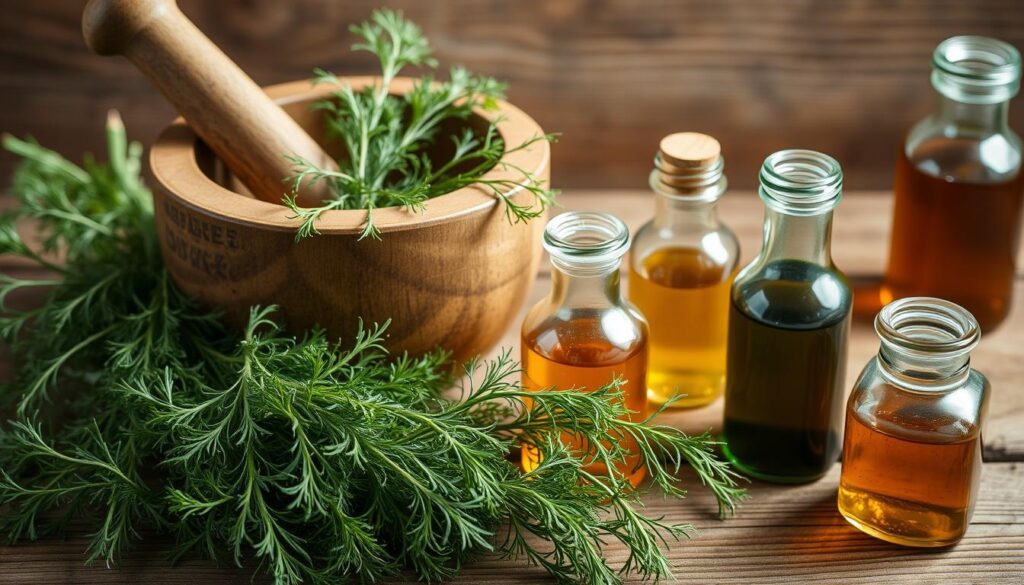
| Use | Historical Applications | Modern Applications |
|---|---|---|
| Indigestion | Alleviated using dill seeds in herbal teas. | Dill oil supports digestive health in supplements. |
| Insomnia | Traditionally used in herbal baths and teas. | Aromatherapy with dill oil promotes relaxation. |
| Cold Relief | Dill mixed with honey for soothing mixtures. | Natural cough syrups may incorporate dill extracts. |
Dill Herb in Different Cuisines
Dill is a key ingredient in many cuisines worldwide. Its unique taste and smell make it a standout in various dishes. It’s a favorite in both Mediterranean and Scandinavian cooking, making simple meals into special treats.
Mediterranean Uses
In Mediterranean cooking, dill brings out the best in seafood and veggies. It’s a key player in:
- Fish stews, adding a fresh, aromatic flavor.
- Salads, adding a cool touch that pairs well with other ingredients.
- Yogurt dips, enjoyed with pita or veggies.
Chefs in the Mediterranean love dill for its ability to enhance flavors. It also brings health benefits, making it a valuable addition to many dishes.
Scandinavian Cuisine
In Scandinavian cooking, dill is a treasured ingredient, especially in gravlax and pickles. It’s a key player in:
- Gravlax, where it’s mixed with sugar and salt to cure salmon, creating a perfect balance.
- Pickled herring, adding a tangy touch from vinegar.
- Potato salads, blending with sour cream for a creamy, refreshing side.
Dill’s role in Scandinavian cooking highlights its unique taste. It also shows how traditional cooking methods make dill even more special.

| Cuisine | Common Dishes | Flavor Profiles |
|---|---|---|
| Mediterranean | Fish Stews, Salads, Yogurt Dips | Fresh, Aromatic, Bright |
| Scandinavian | Gravlax, Pickled Herring, Potato Salads | Tangy, Creamy, Balanced |
Tips for Cooking with Dill Herb
Dill herb brings a unique taste to your meals, loved in many cuisines. Knowing the difference between fresh and dried dill can make your cooking better. Here are some tips to boost your cooking with dill.
Flavor Pairing Suggestions
For great flavor pairings with dill, try these:
- Lemon: It adds a zesty touch.
- Garlic: It adds depth and smell.
- Yogurt: It adds creaminess and balances the herb.
- Seafood: Dill makes fish taste fresher.
- Potatoes: A classic mix, bringing out earthiness.
How to Use Fresh vs. Dried Dill
Choosing between fresh and dried dill changes your dish. Fresh dill is bright and aromatic, perfect for salads or light sauces. Add it just before serving to keep its flavor lively. Dried dill, however, is great in marinades or spice blends, offering a stronger flavor. Use it sparingly, as a little goes a long way.
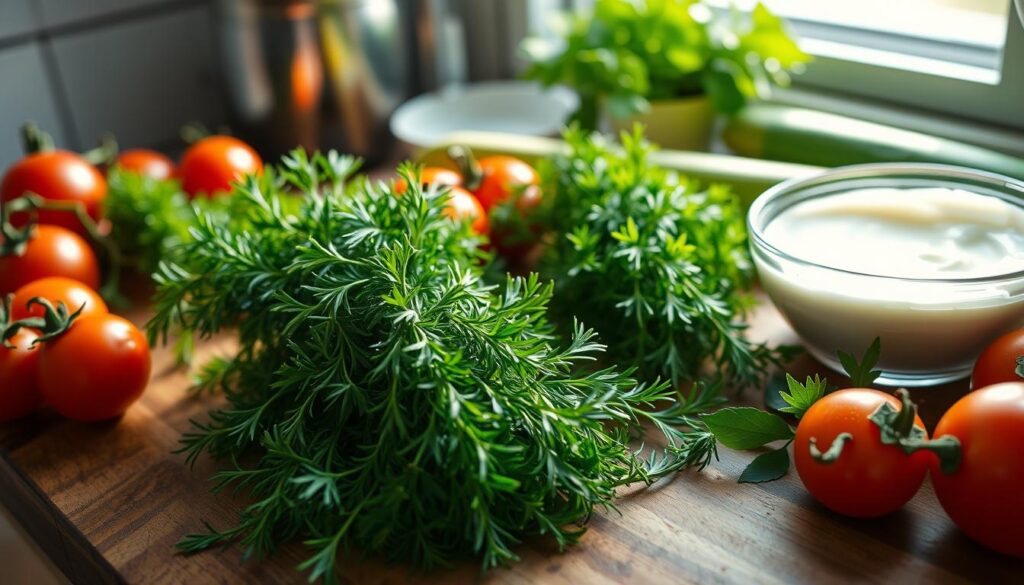
Fun Facts About Dill Herb
Dill herb, also known as eneldo in Spanish, has a deep cultural history. It’s more than just a flavor; it holds spiritual meanings across cultures. From old times to now, dill has been mentioned in stories and myths, symbolizing wealth and success. This makes dill a special ingredient in many cultures.
Cultural Significance
In Spanish-speaking countries, eneldo is more than a taste. It’s a key part of traditional dishes and celebrations. Its role in local foods shows its cultural value. Dill’s presence in ceremonies and rituals shows its link to food, tradition, and community.
Unique Varieties of Dill
Dill comes in many varieties, each with its own taste and use. The common dill is great for cooking, while ornamental dills beautify gardens. Learning about different dills expands your cooking skills and appreciation for this herb.

